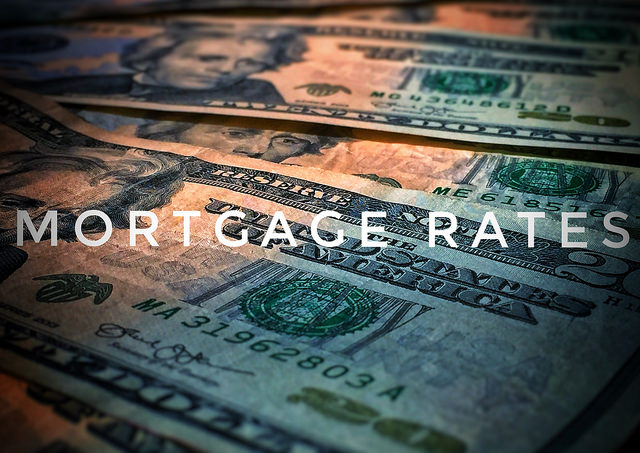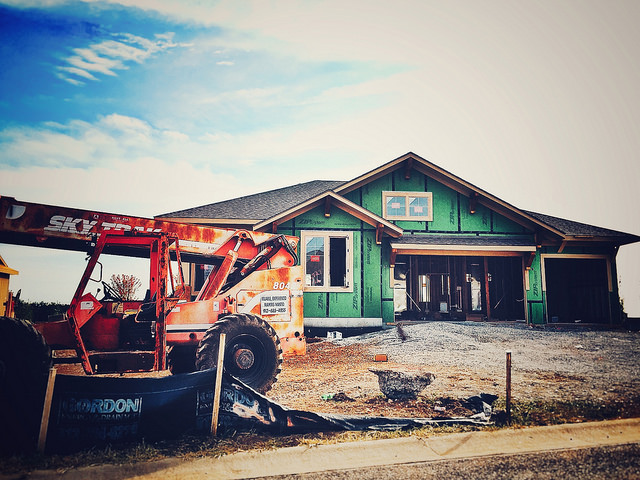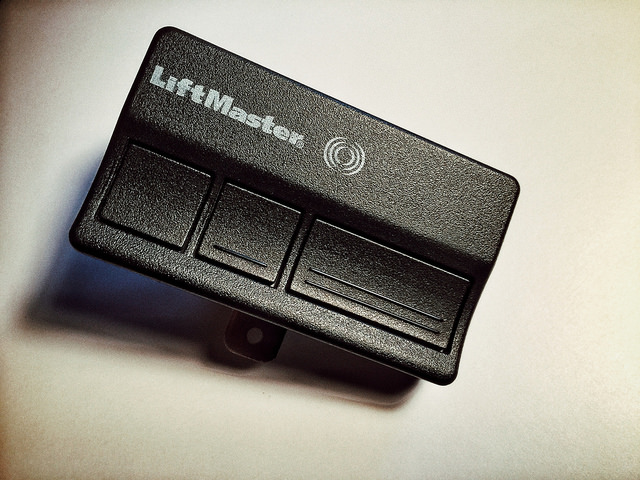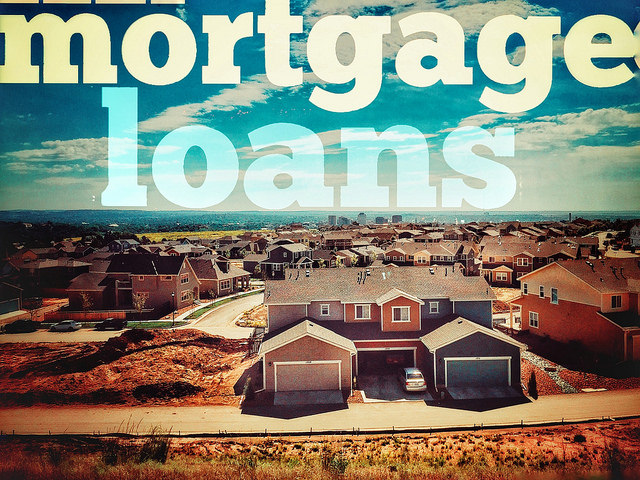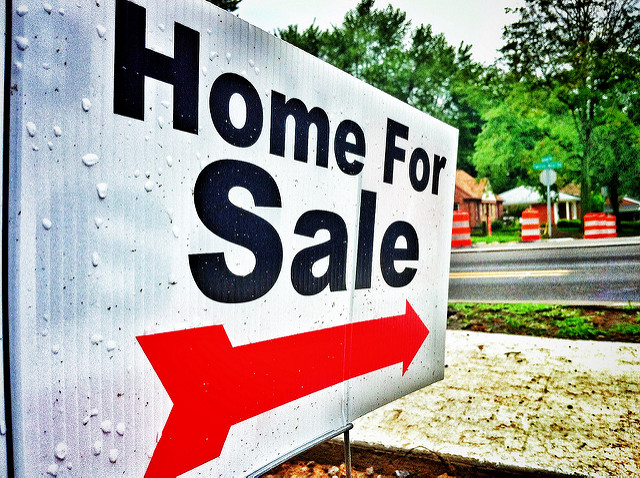According to the Mortgage Bankers Association’s Weekly Applications Survey, mortgage rates showed little movement last week and were virtually unchanged from the week before. Rates for 30-year fixed-rate mortgages with conforming loan balances and FHA loans fell slightly, while rates for 15-year loans were flat from the previous week. Jumbo loans saw an increase from one week earlier. But though rates were steady, demand for mortgage applications fell. In fact, both refinance and purchase activity were down from the week before. The week-over-week drop puts demand for loans to buy homes 4 percent higher than at the same time last year. But, despite the improvement, analysts say application demand should be much higher, as the number of interested home buyers has grown. One explanation is that, though there are many buyers active in the market, they are having a harder time finding homes to buy, which has depressed demand for loans. As more homes become available to buy, the numbers will begin to catch up with the current level of interest in buying a home. The MBA’s weekly survey has been conducted since 1990 and covers 75 percent of all retail residential mortgage applications.
